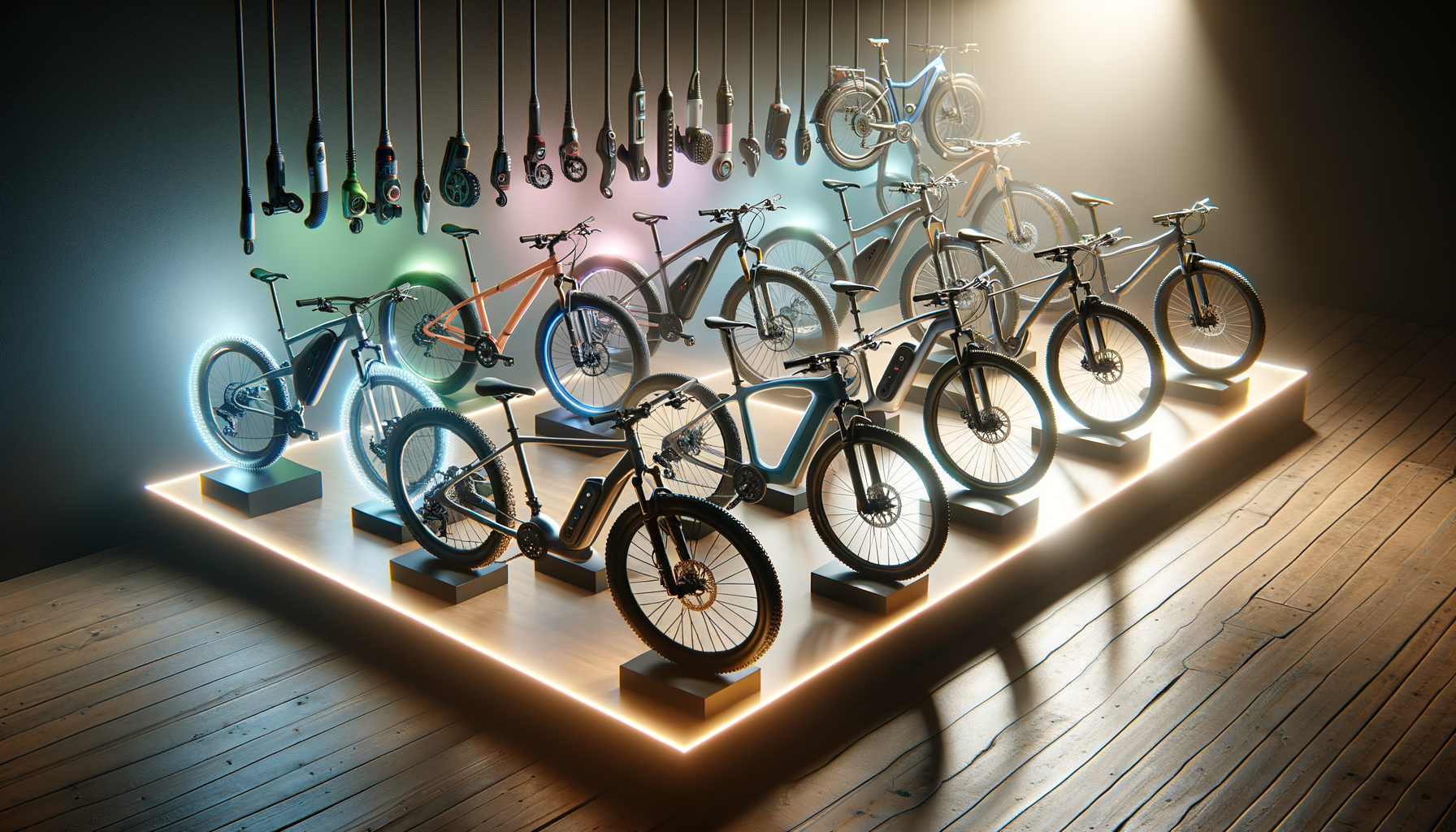
How Pricing Varies on Electric Bikes
Understanding the Components of Electric Bikes
Electric bikes, or e-bikes, are a modern solution to urban commuting and recreational cycling, blending the traditional bicycle design with advanced electrical components. At the heart of an e-bike are three key components: the battery, the motor, and the controller. Each of these parts plays a crucial role in the bike’s performance and cost.
The battery is a significant factor in determining an e-bike’s range and price. Typically, lithium-ion batteries are used due to their efficiency and longevity. The capacity of a battery, measured in watt-hours (Wh), directly affects how far the bike can travel on a single charge. Higher capacity batteries provide longer ranges but also increase the cost of the bike.
The motor type is another critical aspect. Motors can be located in the hub of the wheel or at the bike’s crank. Hub motors are generally more affordable and easier to maintain, while mid-drive motors offer better hill-climbing capabilities and a more natural riding experience. The choice between these motor types can influence the overall price and performance of the e-bike.
Lastly, the controller acts as the brain of the e-bike, managing power flow from the battery to the motor. Advanced controllers offer features like regenerative braking and multiple power modes, which can enhance the riding experience and efficiency, albeit at a higher cost.
Battery Capacity and Its Impact on Cost
The battery is often the most expensive component of an e-bike, making its capacity a major factor in the overall cost. Batteries with higher watt-hour ratings provide more power, allowing for extended travel distances between charges. This feature is particularly appealing to those who plan to use their e-bike for long commutes or frequent rides.
For instance, a 400Wh battery may suffice for short, casual rides, while a 700Wh battery might be more suitable for longer distances or hilly terrains. The difference in battery capacity can significantly affect the price, with higher-capacity batteries costing considerably more. However, the investment in a larger battery may offer savings in the long run by reducing the frequency of recharging and extending the battery’s lifespan.
Furthermore, advancements in battery technology, such as fast-charging capabilities and improved energy density, continue to influence pricing. While these innovations can elevate the upfront cost, they also enhance convenience and performance, offering value to the consumer.
- 400Wh battery: Suitable for short commutes
- 700Wh battery: Ideal for long distances
- Advanced features: Fast-charging, improved energy density
The Role of Motor Type in Pricing
The motor is a pivotal component that dictates the e-bike’s power and efficiency. There are two primary types of motors used in e-bikes: hub motors and mid-drive motors. Each type has its own set of advantages and cost implications.
Hub motors are typically found in the front or rear wheel hub. They are known for their simplicity and affordability. Hub motors are less expensive to produce and maintain, making them a popular choice for budget-friendly e-bikes. However, they may not provide the same level of power and efficiency as mid-drive motors, particularly on steep inclines.
Mid-drive motors are located near the bike’s crank and directly power the drivetrain. This positioning allows for better weight distribution and improved performance, especially on challenging terrains. Mid-drive motors are generally more expensive due to their complexity and enhanced capabilities, but they offer a more natural riding experience and superior hill-climbing power.
Choosing between these motor types can significantly impact the cost of an e-bike. While hub motors are suitable for flat terrains and casual riding, mid-drive motors are ideal for those seeking a robust and versatile e-bike.
- Hub motors: Cost-effective, simple design
- Mid-drive motors: Enhanced performance, higher cost
- Consider terrain and riding style when choosing
Design Features and Their Influence on Price
Beyond the core components, the design features of an e-bike also play a significant role in its pricing. Factors such as frame material, suspension systems, and additional accessories can add to the cost but also enhance the overall riding experience.
The frame material is a crucial consideration. Aluminum frames are lightweight and affordable, making them a common choice for e-bikes. However, carbon fiber frames, while more expensive, offer superior strength and weight reduction, appealing to performance-oriented riders.
Suspension systems can greatly affect comfort and control. E-bikes with front or full suspension are designed to absorb shocks from rough terrains, providing a smoother ride. These features are particularly beneficial for off-road adventures but come at a higher price point.
Additional accessories such as integrated lighting, digital displays, and smart connectivity options can also increase the cost. While these features enhance convenience and safety, they should be evaluated based on individual needs and budget constraints.
- Frame materials: Aluminum vs. carbon fiber
- Suspension systems: Front or full suspension
- Accessories: Lighting, displays, connectivity
Conclusion: Making an Informed E-bike Purchase
When considering an e-bike purchase, understanding the factors that influence pricing is essential for making an informed decision. The battery capacity, motor type, and design features all contribute to the cost and performance of an e-bike. By evaluating these elements in relation to personal needs and budget, buyers can select a model that offers the best balance of value and functionality.
For urban commuters seeking an efficient and eco-friendly mode of transportation, a well-chosen e-bike can provide a reliable and enjoyable riding experience. As technology continues to advance, e-bikes are becoming more accessible to a wider range of consumers, offering diverse options to suit various preferences and requirements.
Ultimately, the key to a satisfying e-bike purchase lies in understanding the interplay between cost and features, ensuring that the chosen model aligns with the rider’s lifestyle and expectations.


